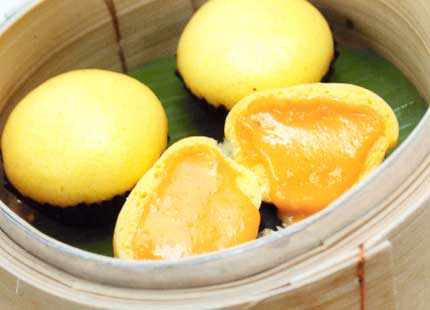WITH more than 1.2 million hectares of land planted with grapes, Spain is the third largest wine producer in the world. Production of wine totals 35 million hectoliters every year – that’s equivalent to the volume of1400 Olympic-size pools!
Spain’s finest wines come from the classified “Denominación de Origen” (DO) regions. There are more than 67 of them. Rioja is the most famous, but lately, upcoming regions such as Bierzo are making the news.
Thanks in part to its diverse terroir, Spain offers a multitude of wine styles. Climates range from Continental to Mediterranean to Atlantic and so are suited to various types of grapes.
For example, the north-west region of Galicia is quite wet, with 900mm of rain annually. The Albariño grape thrives here. In contrast the south-eastern part of the country gets only 300mm of rain. Garnacha Tinta is a major grape in this region.
Grapes are also grown at different altitudes and are found on the sides or valleys of the Cordilleras mountains that are up to 3500m high. Most grapes, though, are found on the Maseta tableland at 600-1000m altitude. Soils range from schist to chalk-limestone, marl and sandy.
All these geographical, geological and climatic differences contribute to nuances in the tastes of wines, since wine reflects the region in which its grapes are grown. As such there seems no end to the diversity of Spanish wines – from Sherries (from full-bodied to light-bodied) and sparkling Cavas (from sweet to dry) to complex Ribiera del Dueros, Riojas and pink wines.
Spain’s most common grapes are Airén, Tempranillo, Bobal, Garnacha Tinta, Monastrell, Pardina, Macabeo and Palomino and its five most exported wines are Cava, and wines from Rioja, la Mancha, Valencia and Jerez (sherry).





